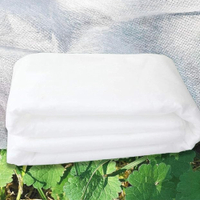Essential gardening jobs that need to be done in January, according to horticultural experts
Don't let the cold weather deceive you, there's still much to do in the garden in January and the best time to start is now
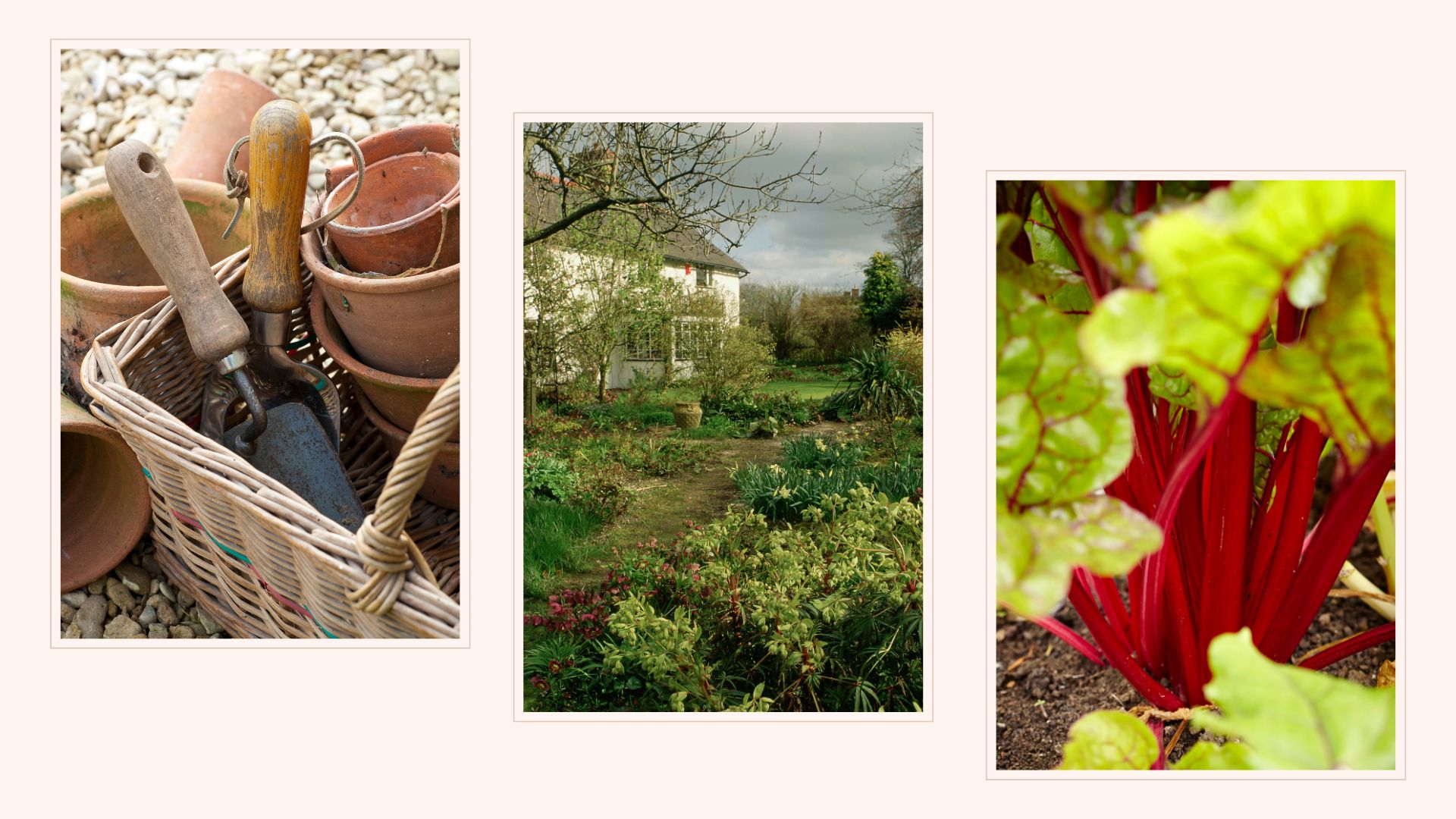

Now we're in the new year there's no better time better to start on the garden jobs than right now. Come rain, snow or shine, our gardens need some TLC in the winter too and the experts are here to tell you where to start.
Whether you've decided this is the year to start vegetable gardening for beginners or have been putting off beginning lawn maintenance, the new year brings with it a whole host of new jobs and a pretty limited timeline.
Before you can start choosing what to plant in February or what to plant in March, there are a few jobs you'll need to complete to prepare your garden for an impressive springtime display. We spoke to horticulture experts to find out what tasks they prioritise this time of year and why.
Essential gardening jobs: what to do in the garden in January
Just as there are numerous essential summer gardening jobs, wintertime brings with it its only host of tasks to get done outside. And although the UK weather might not have you in the gardening mood you'll be glad you prepped your garden once spring returns.
1. Clean your greenhouse and outbuildings
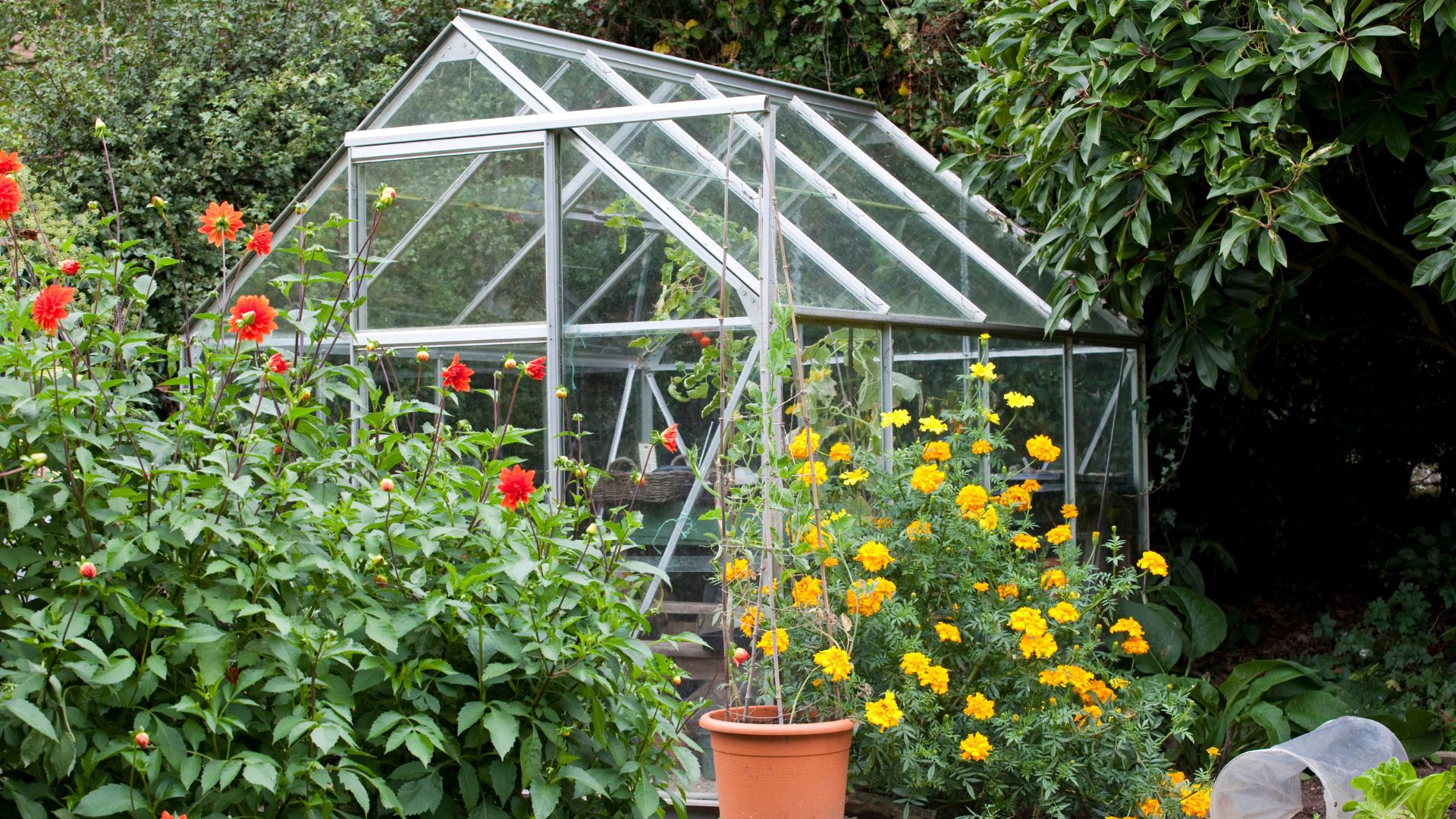
Whether you're the proud owner of a glass greenhouse or have maintained your small wooden shed for years, January is the perfect time to give it a little TLC. This is where it's helpful to know how to remove algae from your outdoor structures, especially when it's blocking the sunlight coming into your greenhouse.
Graham Smith MCIhort, gardening expert at LBS Horticulture says, "A clean greenhouse will improve germination as the panes will let more light in, and it can reduce the risk of diseases or pests. January is a good time to clean if you are not overwintering any plants and your greenhouse is empty, but any plants inside can be temporarily moved outside while you are cleaning if they are covered with garden fleece."
Once you've emptied your greenhouse, Graham recommends sweeping up any debris on the floor and cleaning away moss or dirt between the panes. He does warn against using a scourer or wire brush on the glass panes as this can scratch the glass.
Sign up for the woman&home newsletter
Sign up to our free daily email for the latest royal and entertainment news, interesting opinion, expert advice on styling and beauty trends, and no-nonsense guides to the health and wellness questions you want answered.

Graham has extensive knowledge in the horticultural and gardening industries, and prides himself on using this to help gardeners of all skills create their perfect outdoor space.
2. Keep helping birds and other wildlife
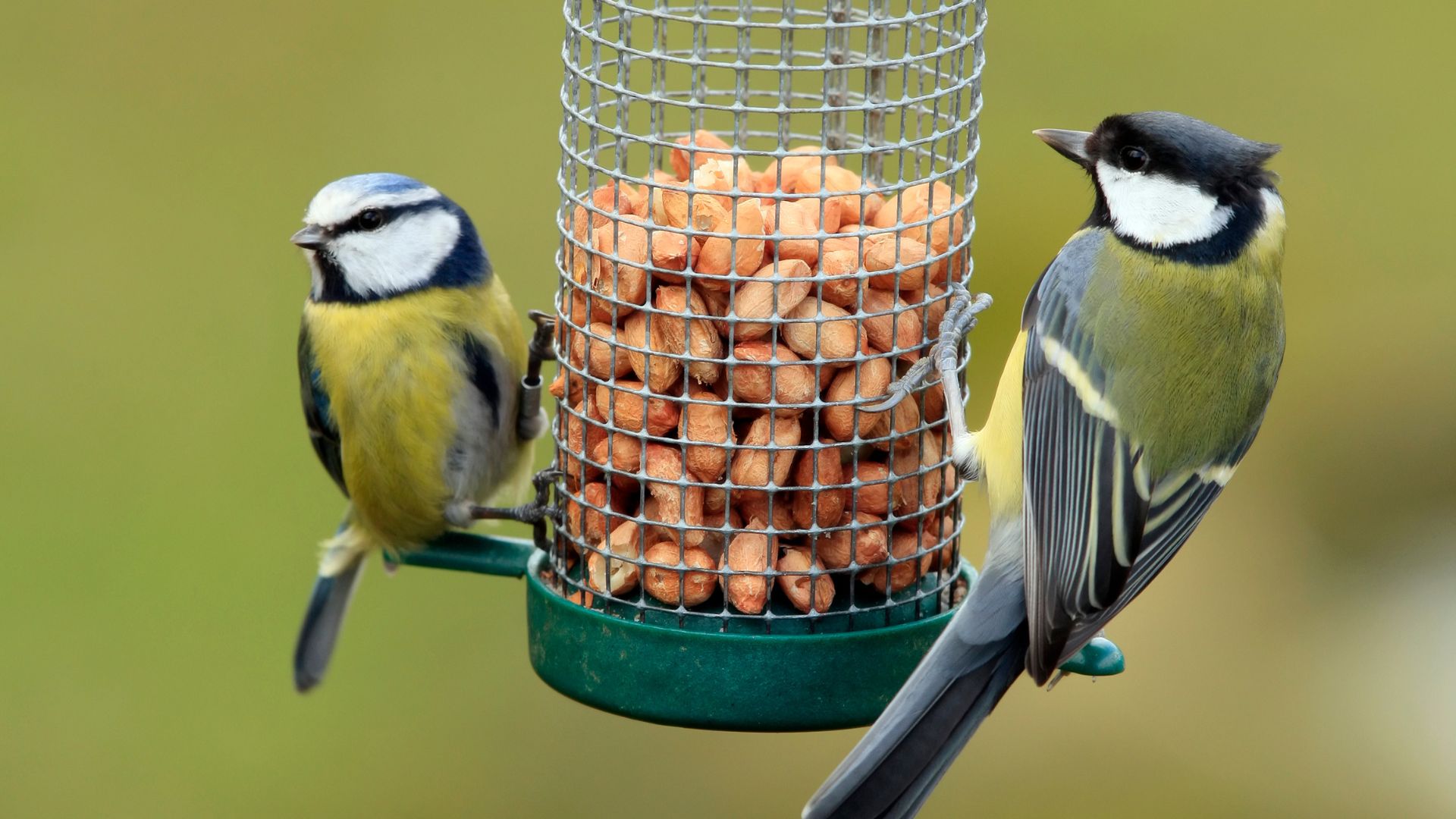
Knowing what foods you can and cannot leave out for wildlife during the colder months should be a top priority. Although you won't be spending as much time in your garden this month, the birds, squirrels and other creatures definitely will.
"Through winter, wildlife that visits your garden may need a little extra help. Place fat blocks in wire cages for birds, and alternate between different kinds of food to attract different species of birds, as some may prefer fruit or nuts," explains Graham.
You'll also want to provide water dishes at the ground level for non-flying or climbing wildlife. Just ensure you're checking that it's not completely frozen and putting out fresh water if needed.
Graham is also quick to point out that you should be careful when turning over compost heaps as some animals may be using them for warmth or shelter in your garden.
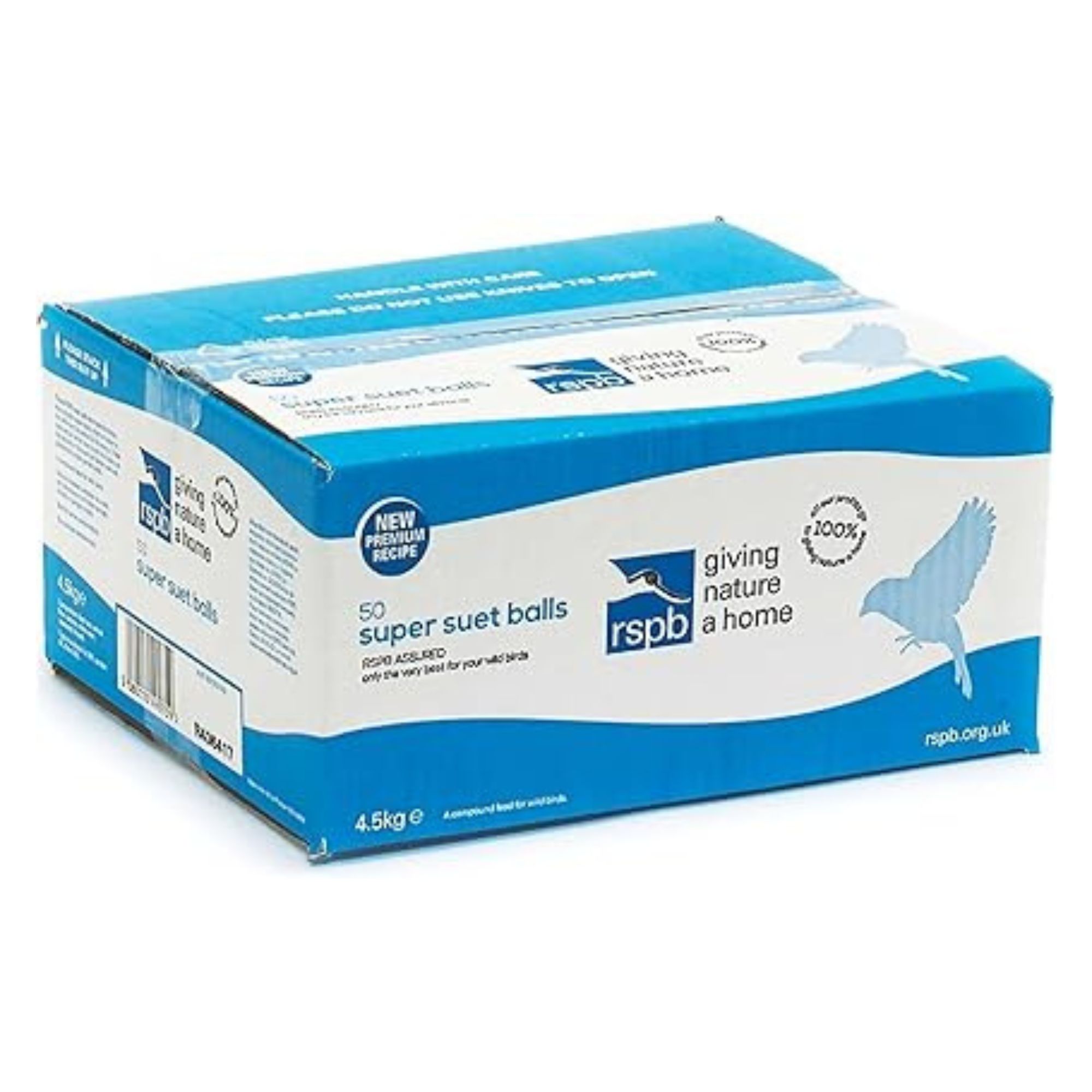
RRP: £13 | This pack of 50 fat balls provides brilliant energy-rich treats for all birds with a nutritious blend of suet, wheat flour, peanut flour, millet seed, rapeseed and linseed.
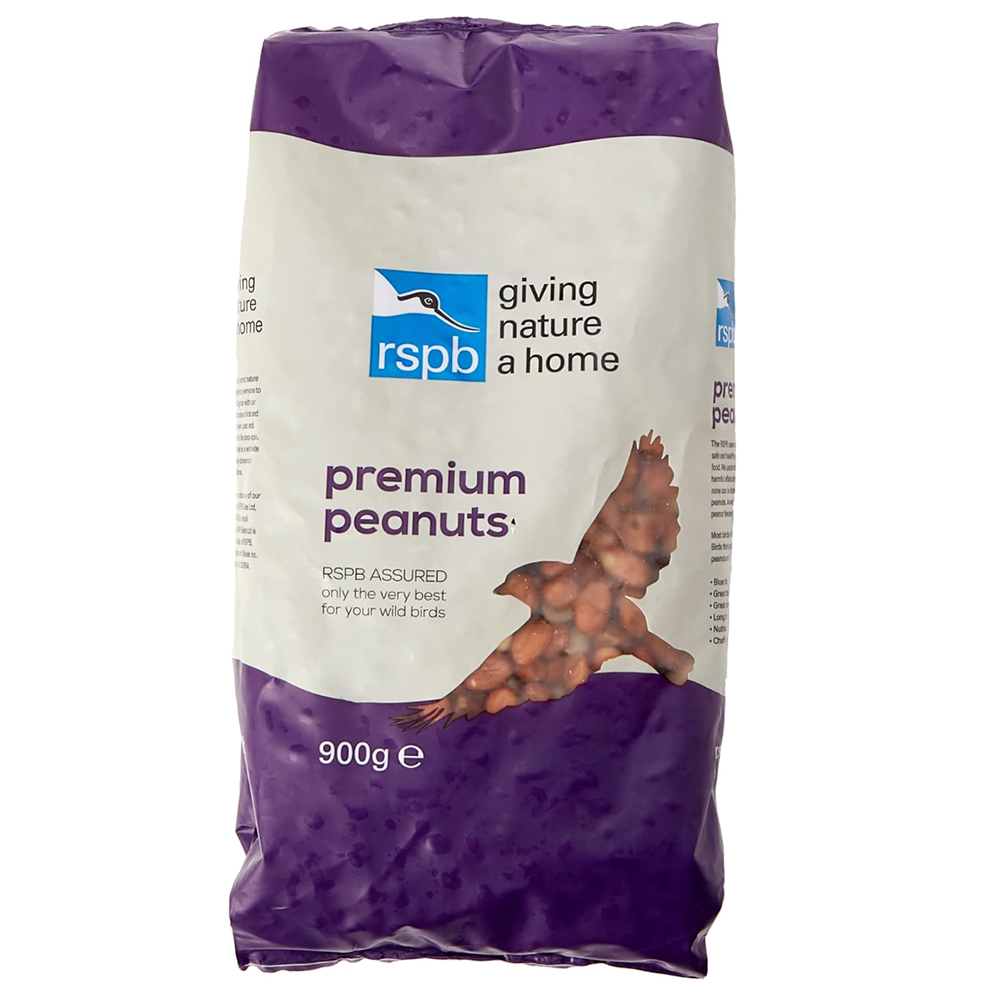
RRP: £5.50 | The best way to feed birds peanuts is to use a trusted source that doesn't contain any salt - such as these best-selling RSPB premium peanuts.
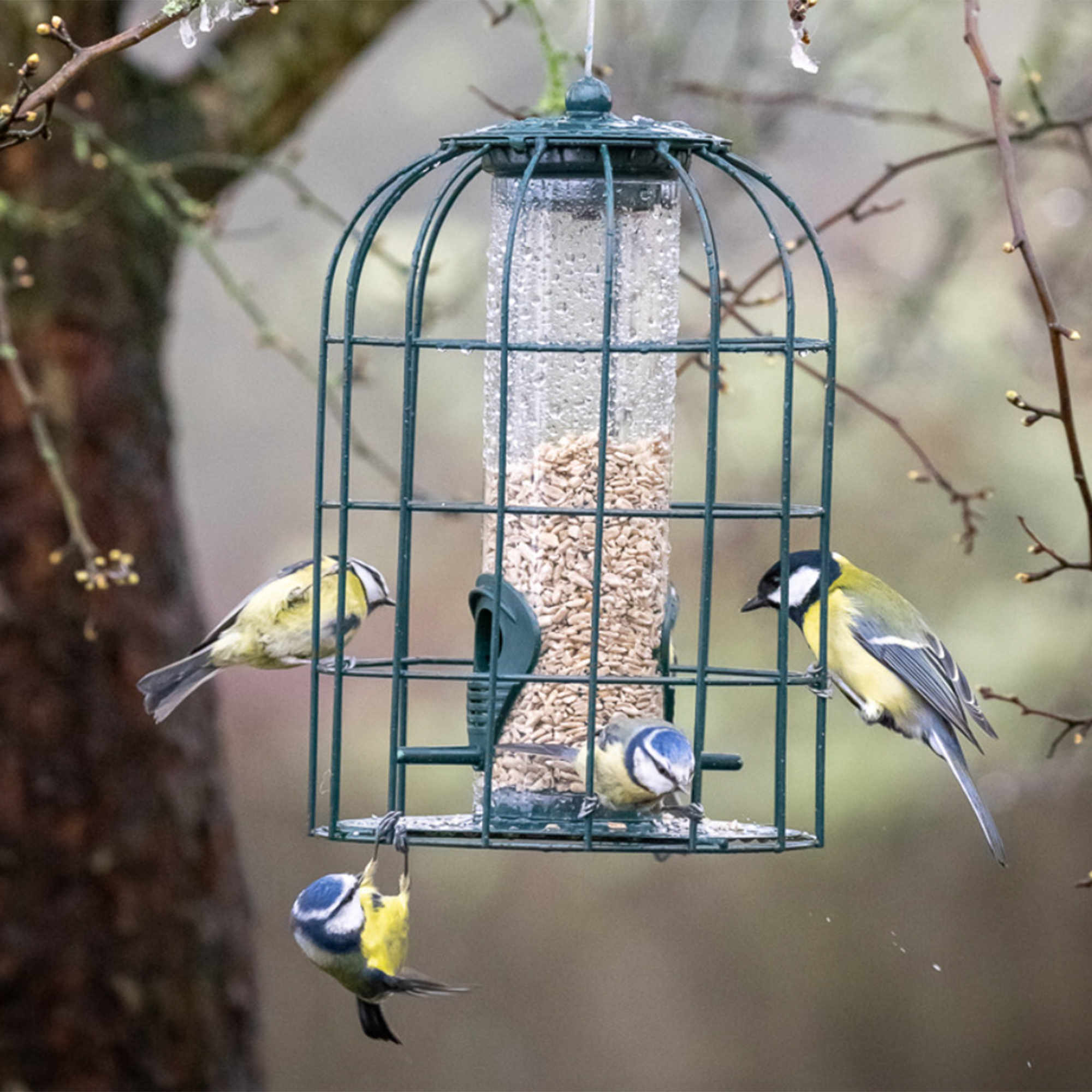
RRP: £24.95 | Entice birds into your garden by providing a safe space to perch and eat, a place free from squirrels eating their food.
3. Remove leaves, algae, moss, and debris from the garden
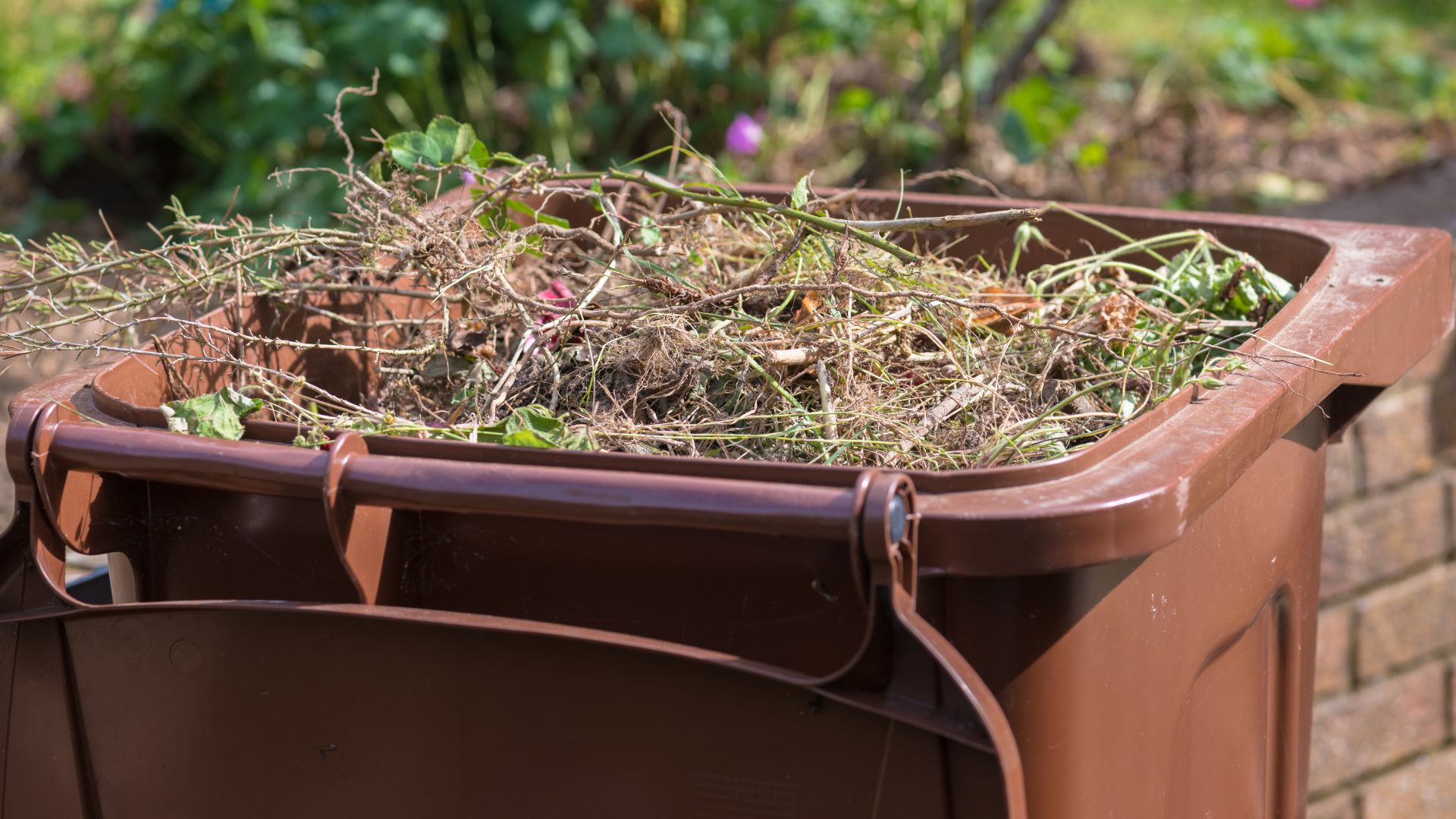
In the same way, you'll probably need to clean your exterior structures, the rest of your garden will probably look a little grimy from the weather. If you made an effort to protect your garden from heavy rain then you may be lucky and have a pretty easy job on your hands.
Jamie Shipley, gardening expert and managing director at Hedges Direct says, "The upkeep of your garden in the earlier months will make it easier to maintain throughout the year. Rake and remove leaves and debris to keep things tidy and give your greenery sunlight and fresh air."
He also adds that if you find your lawn has built-up moss you can loosen and remove this by scarification with a rake. Algae on the other hand can be cleaned off of surfaces with a 1:1 mixture of vinegar and water.
4. Maintain your lawn

From when to first cut your grass after winter to the many lawn care mistakes you can easily make, keeping grass happy can feel challenging.
"When the weather allows, take a moment to check your lawn for any objects that may have been left behind," advises Alasdair Boyes, technical manager and lawn care expert at Green Thumb. "Items such as furniture, toys, or even fallen branches can create dead spots on your grass, leaving it stunted or sparse when spring arrives."
The same goes for leaves too, Alasdair recommends clearing any lingering leaves from your lawn as these can block sunlight and prevent your grass from growing properly. Just make sure there's no wildlife hiding under piles of leaves before you rake or scoop them.
After clearing your lawn, Alasdair says it's a matter of mowing when needed. He adds, "With warmer winter temperatures, grass continues to grow and may benefit from a one-off cut. Ensure conditions are dry and the mower blades are sharp before you start."
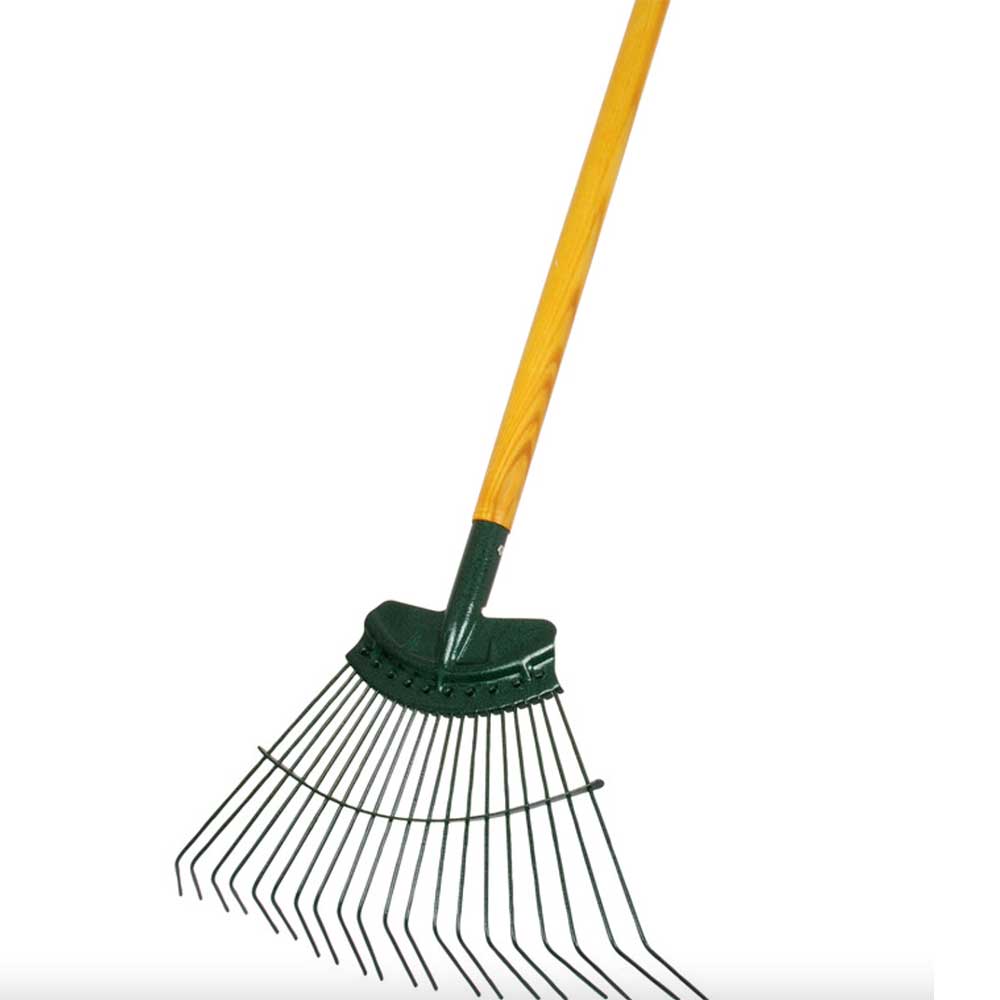
RRP: £22.48 | The head on this model is designed with 20 tines that have been oil-treated for extra strength, meaning it excels when removing grass clippings, dead grass, moss or leaves.
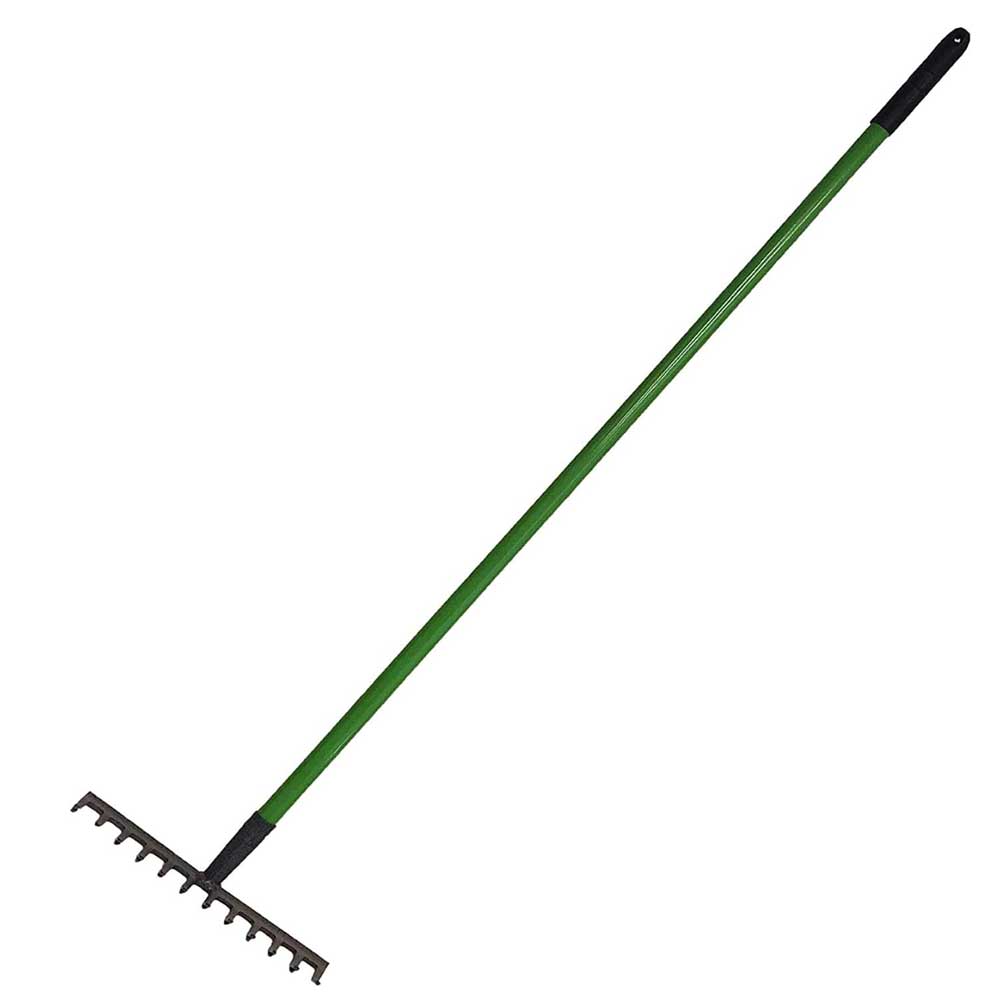
RRP: £9.80 | This small but mighty metal garden rake boasts 12 strong metal tines for loosening soil and levelling earth and gravel.
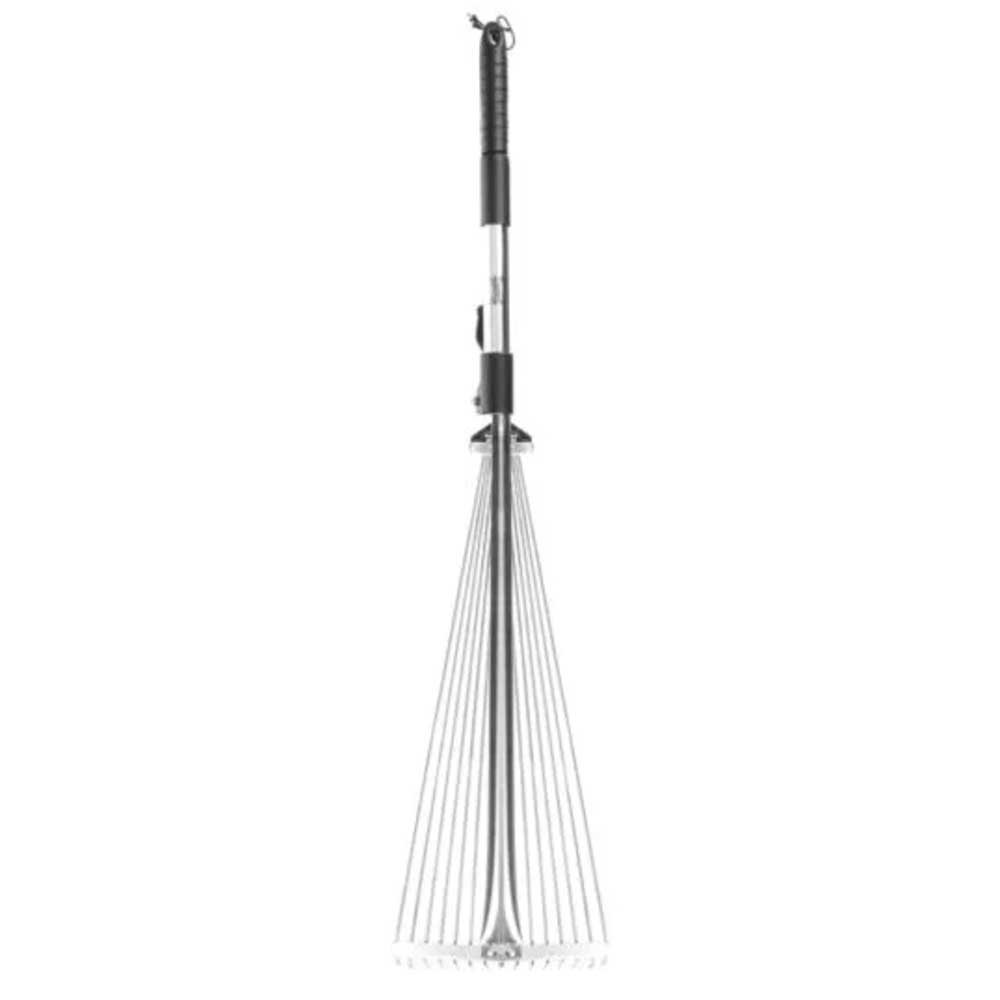
RRP: £14.99 | This rake features a carbon steel head for superior performance. The telescopic handle allows you to adjust this rake to suit your height and stance, reducing strain on the back and arms.
5. Deep clean your patio and remove any weeds

When it comes to mastering how to get rid of weeds in your garden you'll probably leave that task until the springtime, but the experts warn this could make for a much bigger problem – especially for patios.
Dr Jonathan Kirby, paving expert at Roxil says, "Whether your patio uses natural stones, brick or concrete slabs, some thought needs to be put into the cleaning regime. It will inevitably show some form of mould, algae, lichen or weed growth over the wet winter and spring months. Adding, "This can quickly make even the most meticulously installed patio look unkempt and underwhelming – not ideal if you’re looking for that wow factor."
Whilst you might assume a pressure washer is a way to go for cleaning patio slabs, Jonathan explains that your patio is one of the things in your garden you should never pressure wash.
"They can produce impressive results, but frequent use can cause long-term problems such as surface erosion, damage weak points in the slab and destroy mortar joints. And this leaves the surface more likely to suffer from future biological and weed growth issues," he explains.
Instead, he recommends pulling out larger weeds and then leaving a patio cleaner on the surface for 24 hours. After that simply use a wet brush to loosen stubborn patches of mould, dirt and algae before rinsing away.
6. Continue to protect your plants
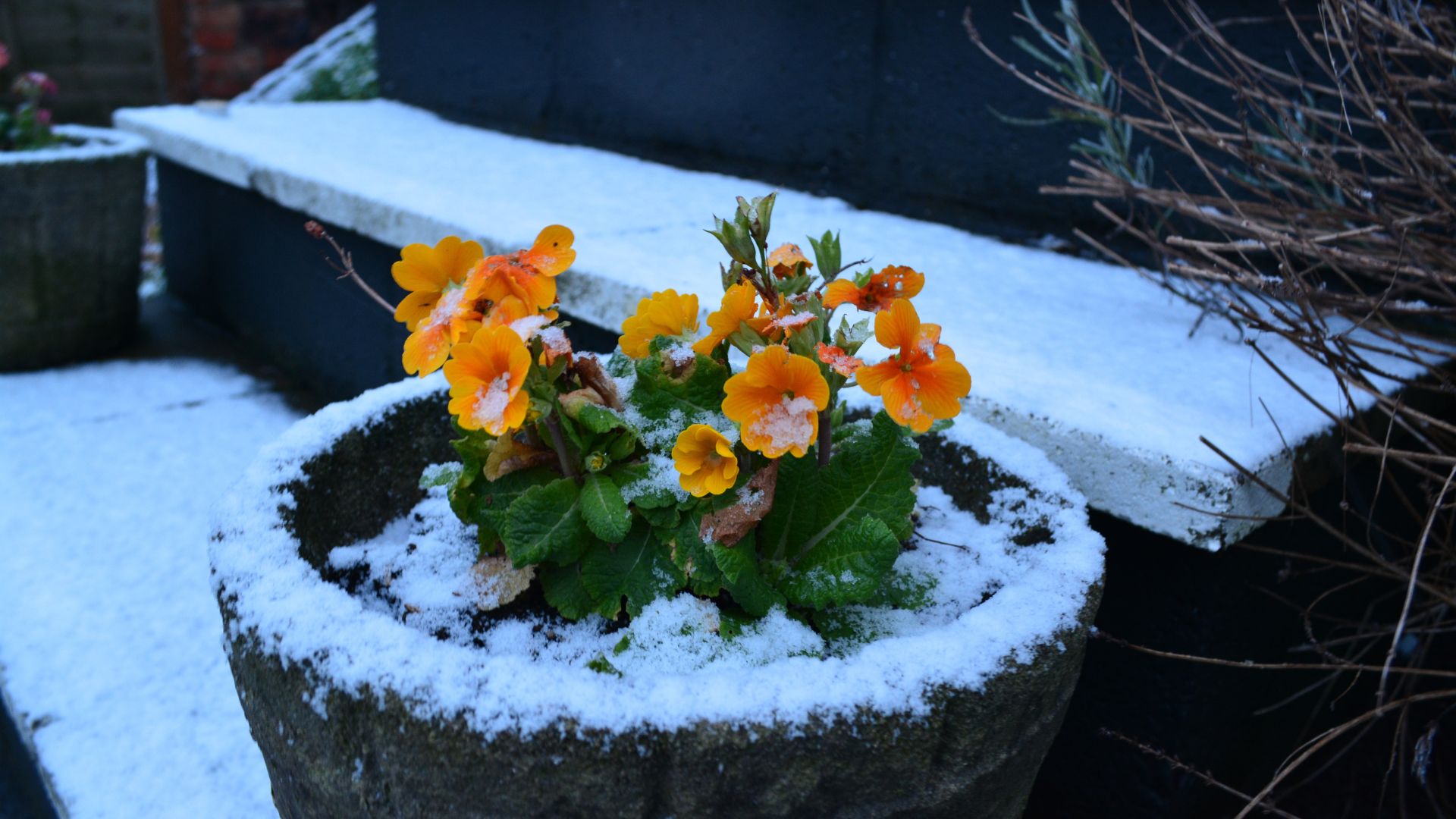
It's important to know how to protect your plants from frost during the wintertime even after you think the worst of the weather has come and gone.
Meg Woodward, expert plant buyer at Cherry Lane Garden Centres, says, "During the coldest months, protecting your plants from harsh frosts is essential to keep them thriving. Using horticultural fleece can provide a layer of insulation, helping to guard tender plants from freezing temperatures. This is particularly important for young or newly planted shrubs and perennials."
She explains how to do this, adding, "imply drape the fleece loosely over plants, securing it with pegs or stones to stop it from blowing away. Be sure to remove it during warmer days to allow air circulation and prevent overheating. For extra protection, wrapping pots or containers in bubble wrap helps keep roots warm through the coldest snaps."
Abimars Garden Fleece: £13.99 at Amazon
Make your own DIY plant covers using this 2 m x 10 m horticultural fleece to prevent damage from freezing conditions. Simple wrap your plants, tree trunks and pots using the fleece and fasten with garden twine where needed.
7. Mulch and prepare seedbeds
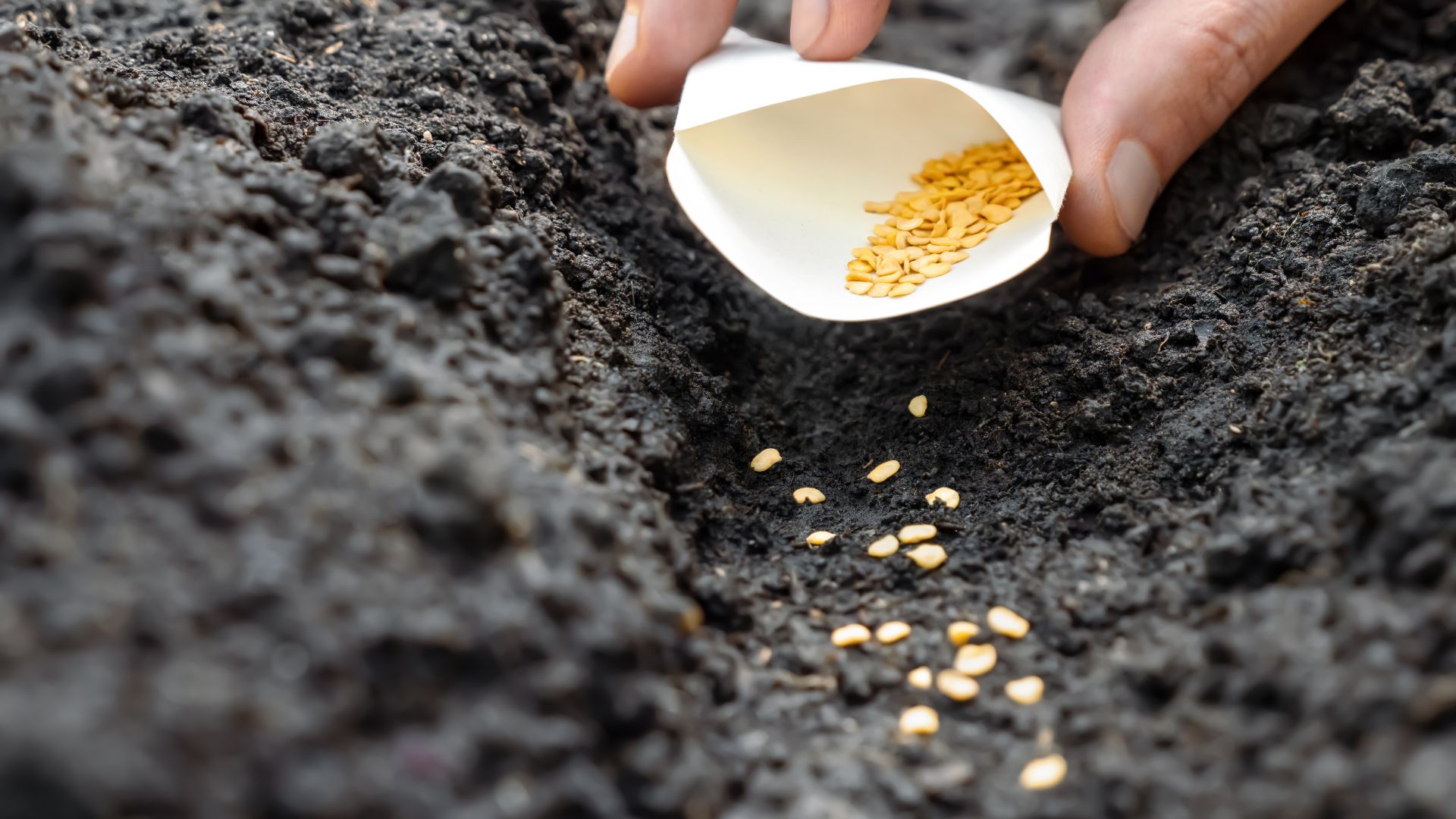
Mulching is one of the best ways to help your garden bloom throughout the seasons and it's so easy to get done whatever the weather.
"Mulching in winter is a great way to protect your plants and enrich the soil. Applying a generous layer of organic mulch – such as compost, bark, or well-rotted manure – helps to insulate plant roots, retain moisture, and suppress weeds," says Megan.
She advises you to spread the mulch evenly around the base of fruit trees, shrubs, and roses, taking care not to pile it against stems or trunks. "A layer about 5-7cm thick is ideal. Mulching now not only protects roots from frost but also encourages healthy growth when spring arrives," adds Megan.
Whilst you're mulching and have your tools at the ready, it can also be a great time to prepare your seedbeds. Megan explains, "Getting ahead with seedbed preparation in winter ensures you’re ready for spring planting. On drier days, dig over your vegetable patches or flower beds to break up compacted soil and remove any lingering weeds. This allows the frost to work its magic on the soil, breaking it down into a fine texture perfect for sowing."
She recommends adding organic matter such as compost or well-rotted manure to your soil to enrich it and improve its structure. Then rake the soil level and cover it with fleece, this will keep it dry and warm to make sure your seeds have the best possible start come planting time.
FAQs
Can I start gardening in January?
Whether or not you may have been looking for an excuse to get out of gardening this month, there is plenty to be done outside at the start of the year – ensure you know what plants to prune in January, to avoid stunting any potential growth.
Graham says, "Even though the weather in January can still be cold or unfavourable for some plants, you can start gardening this month. For example, some of the things that can be planted in January include chillies, aubergines, broad beans, geraniums and sweet peas."
What garden work can be done in winter?
Of course, following our experts list there are a few smaller tasks you can also be cracking on with at the start of the year before the more heavy lifting begins in March time.
Graham recommends you start pruning your roses, he explains that most kinds can be pruned in January or February as this is the time before their leaves begin to emerge. He also points out that as long as the ground isn't frozen you can also start planting your bushes and bare-root fruit trees in your garden.
Aside from planting, he highlights the importance of draining and isolating your outdoor taps. He says, "This will reduce the chances of the pipes bursting. If you are unable to isolate the tap, insulate any exposed pipes and install a tap cover instead."
Undertaking the task of sorting your garden out can feel like a real challenge, especially when you're tackling it during the cold and wet months. But prioritising your to-do list with things that are going to make a difference come the summer months will have you grateful for your past, soggy, self.

Emily joined woman&home as a staff writer after finishing her MA in Magazine Journalism from City University in 2023. After writing various health and news content, she now specialises in lifestyle, covering unique cleaning hacks, gardening how-tos, and everything to help your houseplants thrive.
-
 Ruth Langsford's bold cricket jumper is convincing me to wear yellow long after Easter is over
Ruth Langsford's bold cricket jumper is convincing me to wear yellow long after Easter is overHer knitwear is an easy way to work the butter yellow trend into your wardrobe
By Caroline Parr
-
 I've bought this M&S hidden support vest in three colours - it's comfy, smoothing and perfect for summer
I've bought this M&S hidden support vest in three colours - it's comfy, smoothing and perfect for summerFor just £12, this everyday base layer comes with plenty of benefits
By Matilda Stanley
-
 These new paint colours make choosing the right shade easy – each formulated to complement cool, diffused natural light
These new paint colours make choosing the right shade easy – each formulated to complement cool, diffused natural lightLuxury paint brand COAT has released 19 new shades, all designed to work harmoniously with the UK's blue-grey natural light
By Emily Smith
-
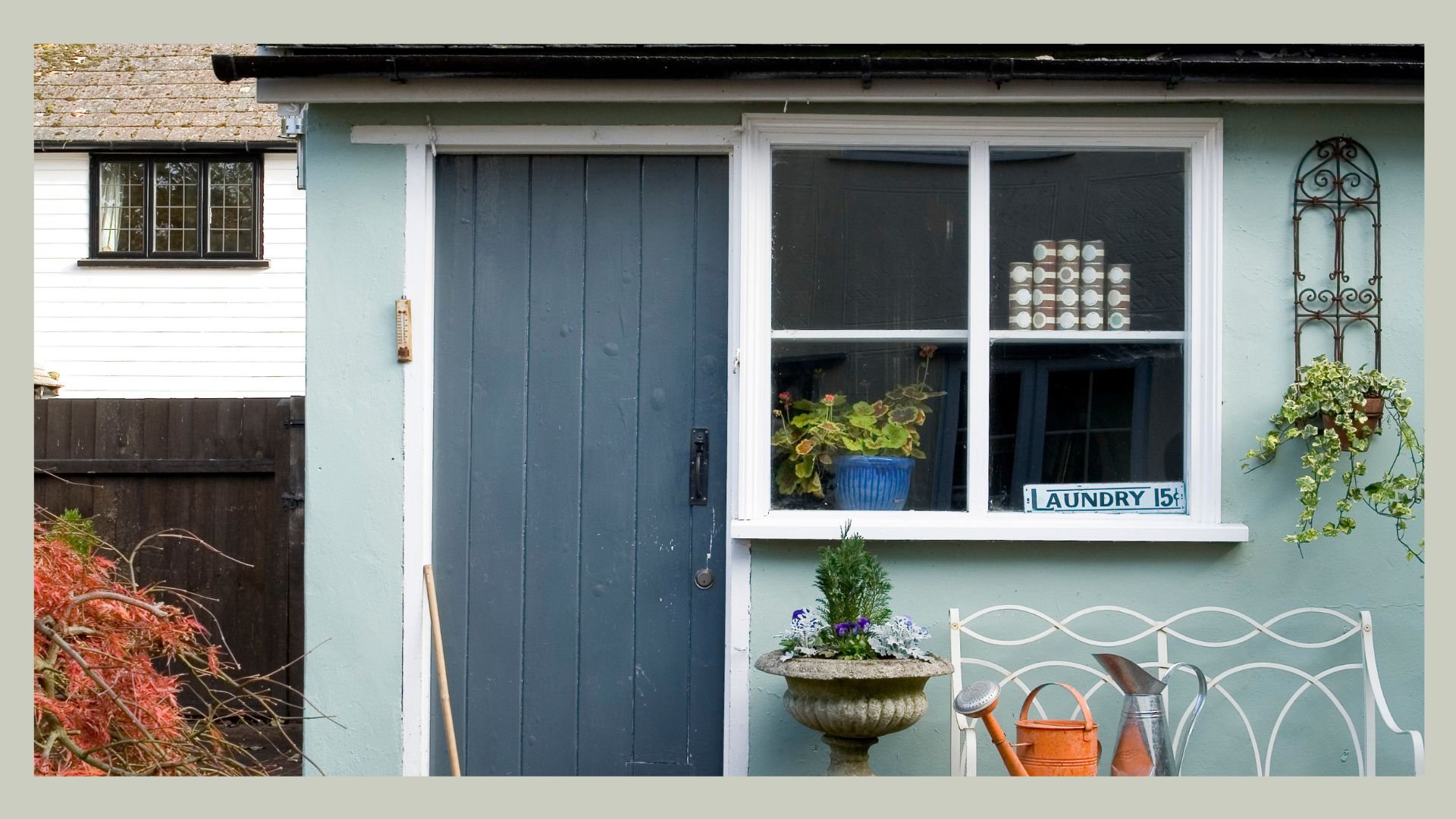 How to declutter your shed for a calm, more functional space – where everything is immediately accessible
How to declutter your shed for a calm, more functional space – where everything is immediately accessibleWe often forget to spring clean our sheds, and yet they are usually chaotic and greatly in need of organising
By Kayleigh Dray
-
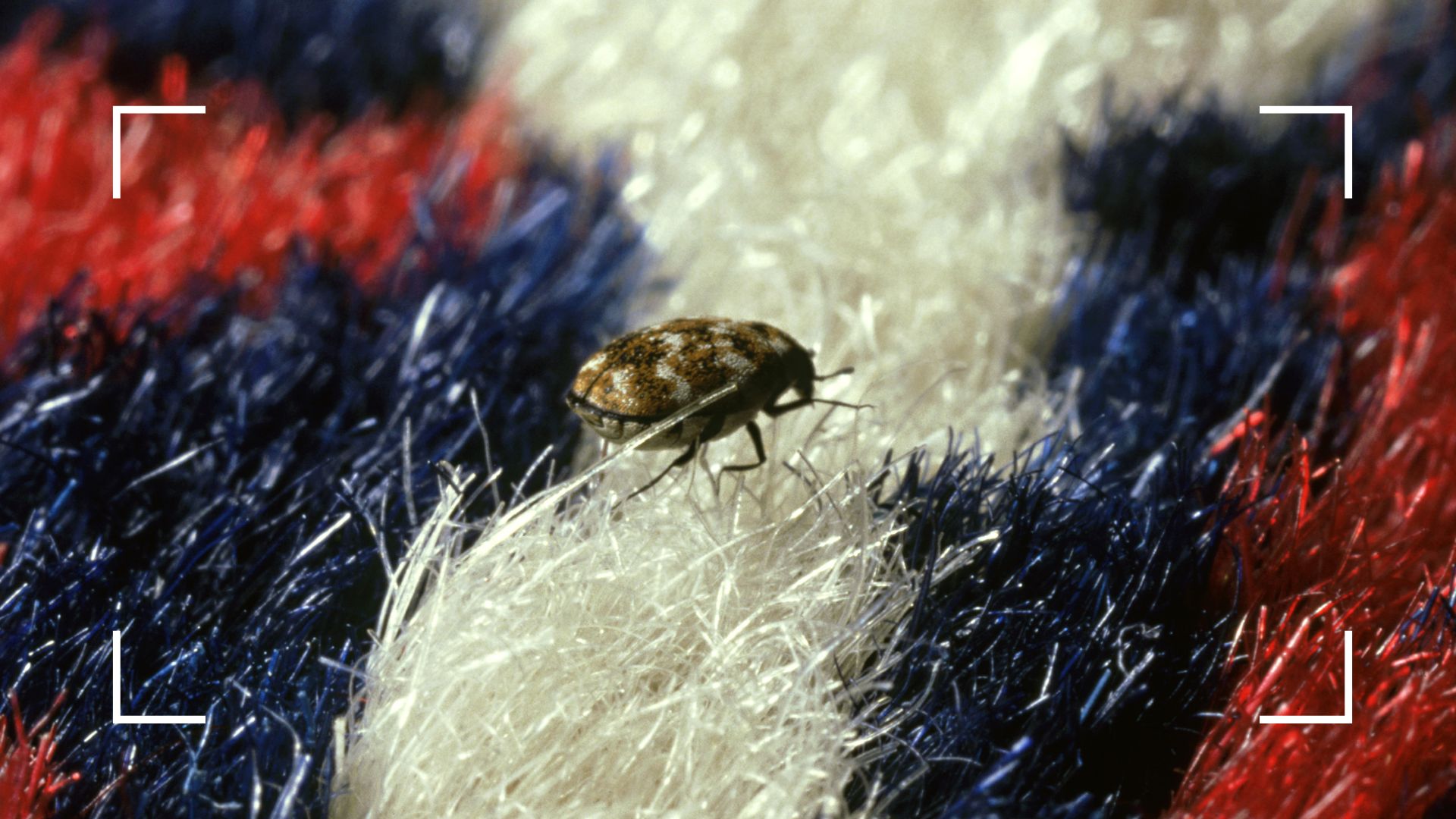 How to get rid of carpet beetles: pest control experts share their most efficient methods
How to get rid of carpet beetles: pest control experts share their most efficient methodsWhat are they, and how can you get rid of them?
By Emily Smith
-
 Pistachio green colour trend: 11 ways to use this trending hue in your home
Pistachio green colour trend: 11 ways to use this trending hue in your homeThis delicious soft shade is everywhere right now
By Jayne Cherrington-Cook
-
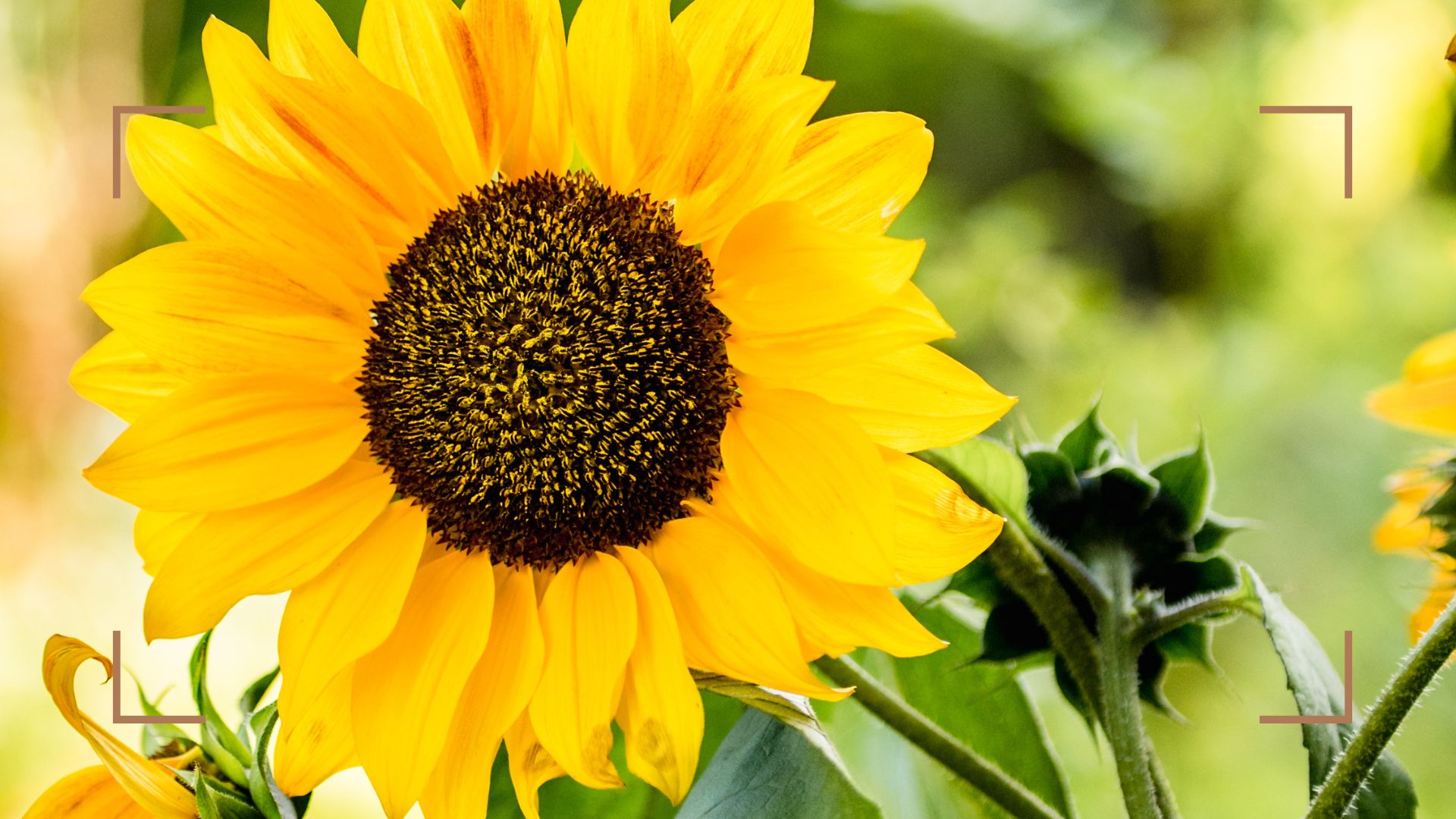 When to plant sunflower seeds to ensure big and beautiful summer blooms
When to plant sunflower seeds to ensure big and beautiful summer bloomsTiming is everything when it comes to planting
By Tamara Kelly
-
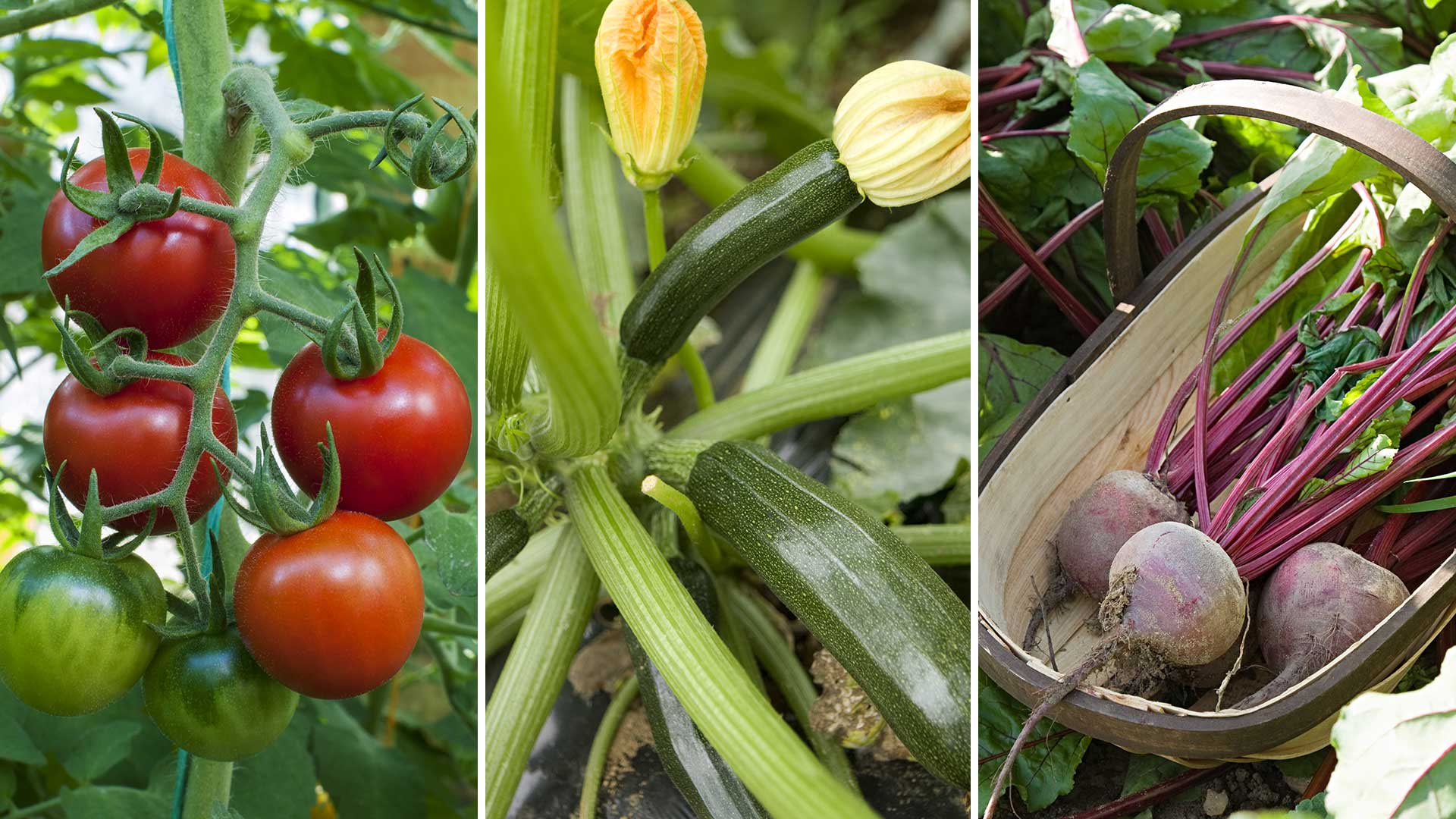 Vegetables to plant in April: 8 crops to start now for a delicious harvest later in the year
Vegetables to plant in April: 8 crops to start now for a delicious harvest later in the yearDiscover which vegetables to plant in April, and top tips for growing success
By Holly Crossley
-
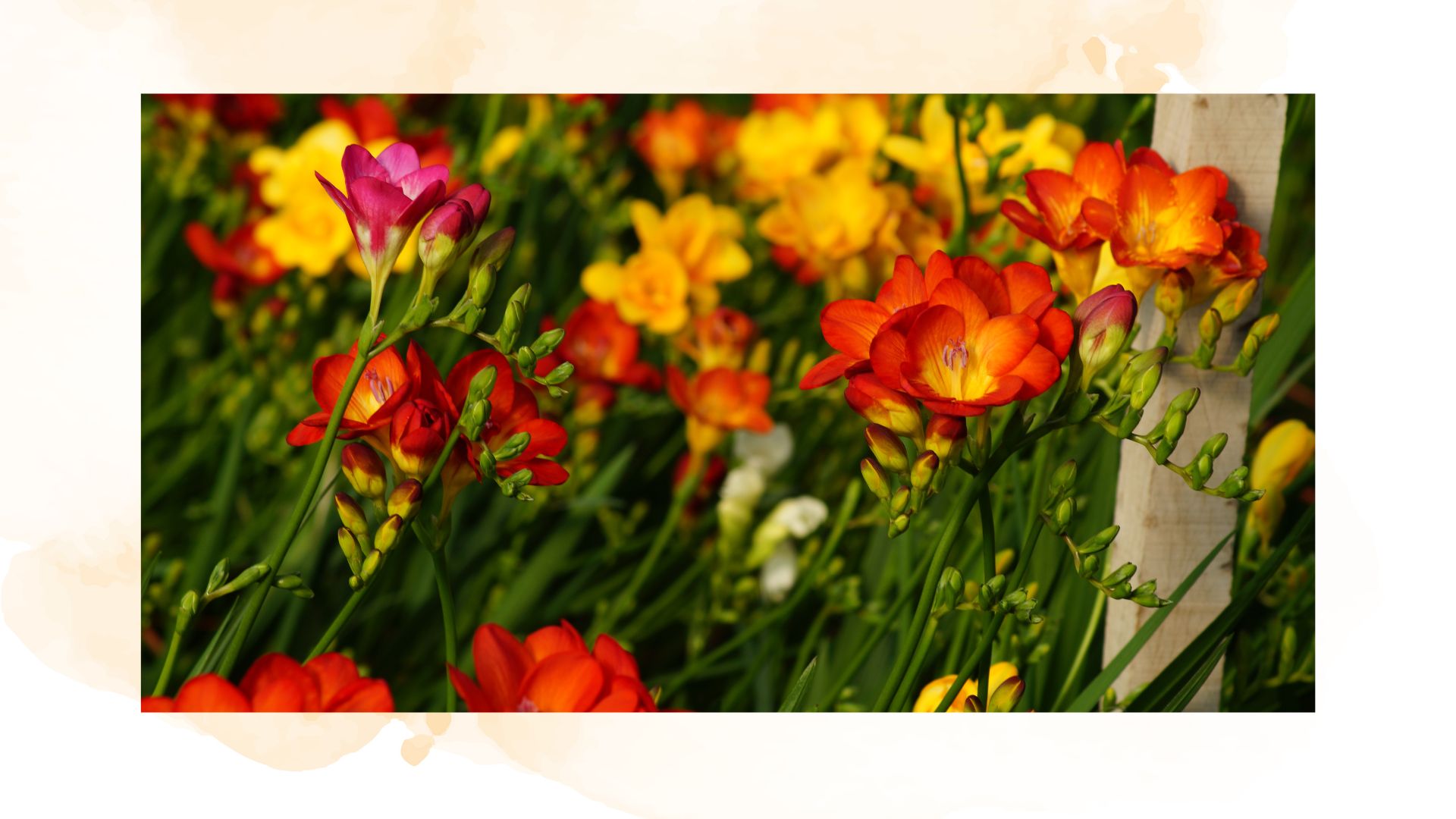 How to plant freesia bulbs: easy steps for colourful summer blooms
How to plant freesia bulbs: easy steps for colourful summer bloomsIf you're looking to add some vivid colour and life to your garden, freesias are the perfect choice
By Emily Smith
-
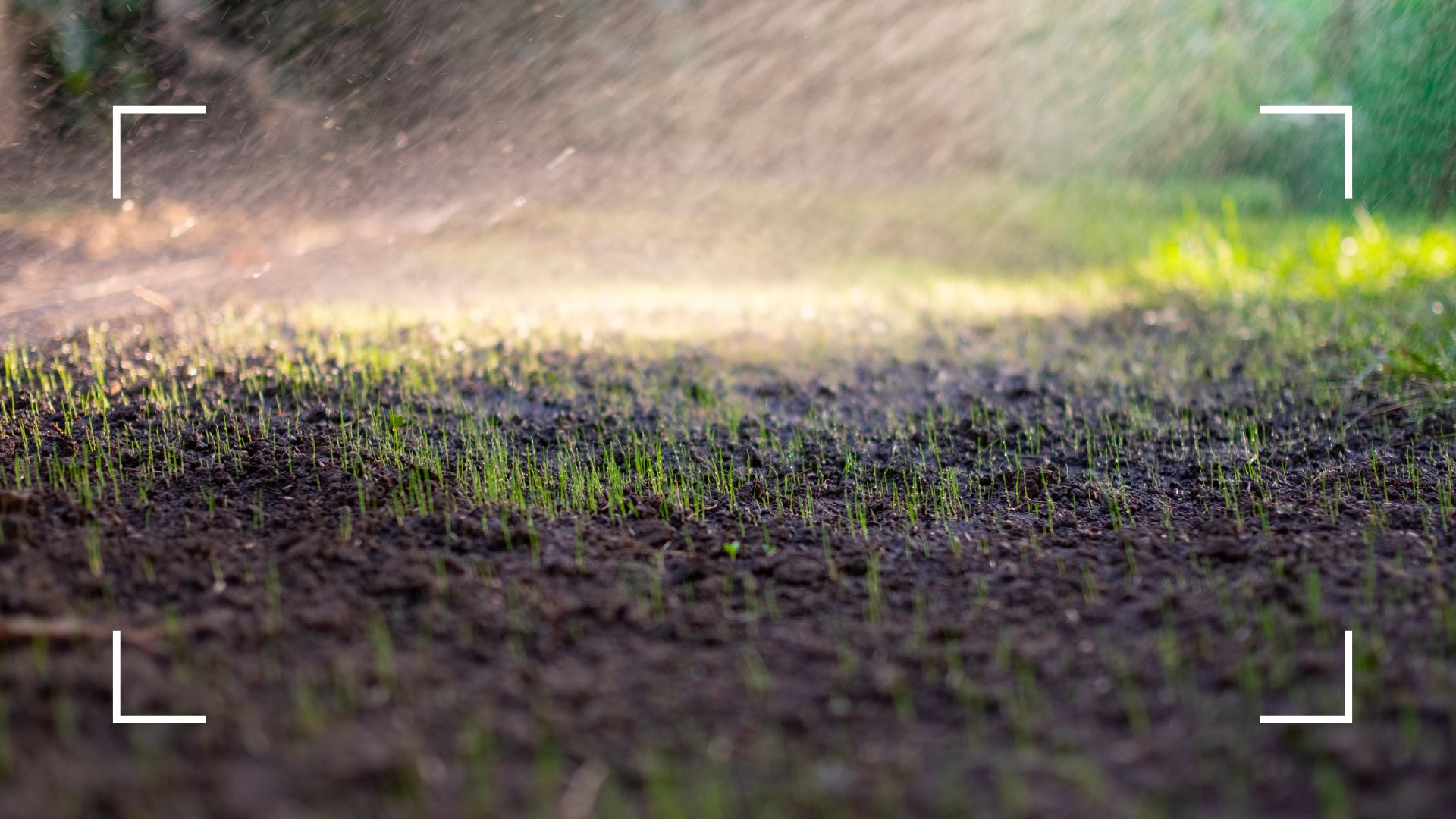 Gardening experts reveal how often you should water grass seed for a luscious lawn this summer
Gardening experts reveal how often you should water grass seed for a luscious lawn this summerWant your lawn to be looking its best by the time summer rolls around? You'll need to make sure you're watering it the perfect amount
By Emily Smith
